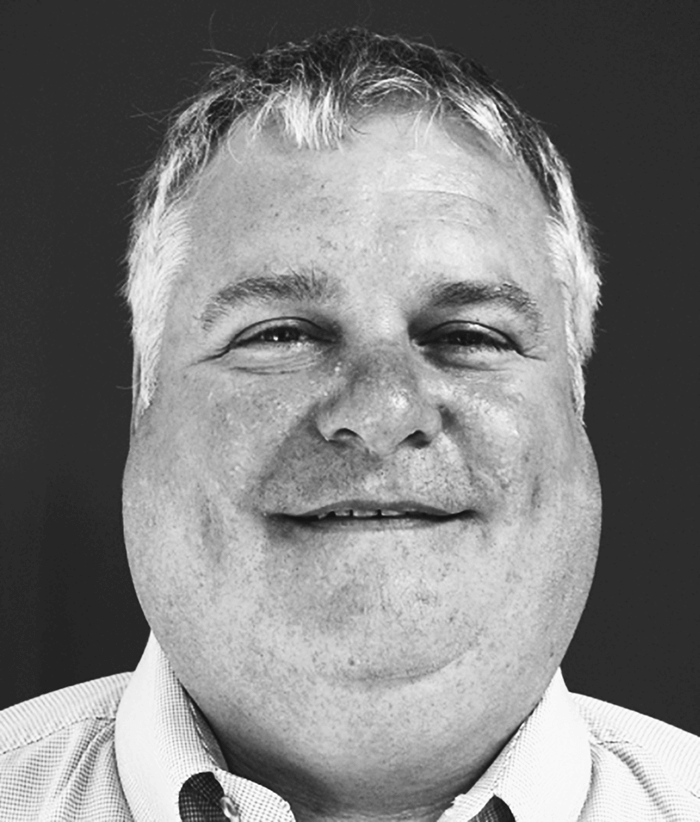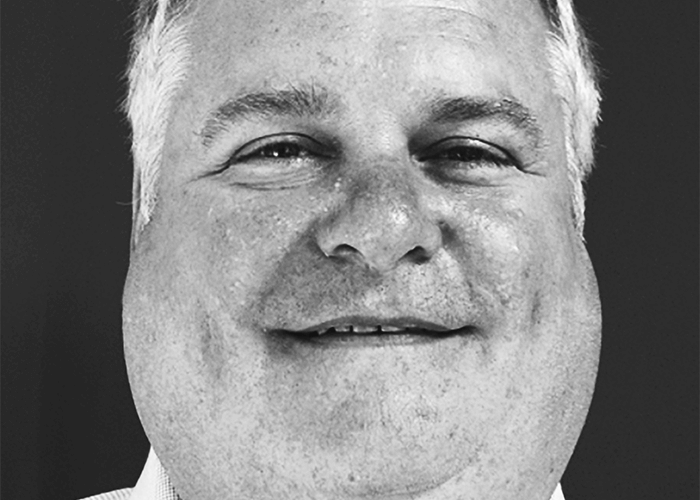Higher education helps you on your way into senior roles
When I was at school, I wondered if I should go to university. No one had ever gone to university from our family, so for me there were many questions about how exactly you go to university and what you should study. I spoke with careers advisors at school, and my science teachers, particularly my chemistry teacher (Mr Lawrence), were a big influence. I looked into sponsorship opportunities and I applied to various companies, including a local company called Courtaulds, which focused on textiles and chemistry. Ultimately, I was accepted by Courtaulds. First, I did a year in industry where I was involved in making different manmade fibers and weaving processes, and then I went to Leeds University and studied chemistry, polymers and textiles. Unfortunately, during the time of my degree in the 1980s, the textile industry and the polymer industry in the UK went through a big downturn. When it came to returning to Courtaulds, they could no longer guarantee a job so they released me from my contract. I decided to do a PhD – it was something I’d wanted to do anyway because I’d noted that all of the senior staff at Courtaulds seemed to have a PhD. Higher education is very important, if you want to go far in life. As my career progressed, I also learned that those even higher up had an MBA. In time, I achieved this too and it has definitely helped my career! At the time, these higher qualifications seem unobtainable, but when you finally obtain them it doesn’t seem like a big deal. But it is. It is a sign that can stretch yourself and that you’re capable of handling more advanced research projects.Gain broad experience and grab new opportunities
How did I get into biotech? During the third year of my degree, I focused on enzyme and antibody immobilization on radiation grafted copolymers, which was a forerunner for chromatography. I learned about RNA, DNA, amino acids, proteins, and so on, and it was interesting so I did my PhD on a similar theme. My first foray into the industry was at a company that later became MediSense. The focus was on electrochemical sensors for personalized diagnostics. Initially, I worked on in vivo electro-chemical sensors that monitored glucose for diabetics. My job was to make hollow fiber membranes. (I remember when we needed to test these diagnostics and everyone in the team spent at least one night in Oxford Infirmary being fed Mars bars, measuring glucose going up and down!) We decided not to push out an in vivo test as a start-up because it involves many regulatory hurdles. But we later developed an in vitro test. From there, I joined another company as a developmental scientist and ended up running a pilot plant for about a year that made various sensors. And then one day, some guys who had previously sponsored projects at MediSense asked me out to dinner. They were forming a start up in Sydney, Australia. And asked if I wanted to join them… in Sydney. Looking back over my career, I have traveled and moved around a lot but the hardest move was that jump from the UK to Australia. Although the language is similar, the culture is not the same and the distances are huge. At one point I travelled from Sydney to the national university in Canberra. It’s not that far in the grand scheme of things in Australia, but to me it was like going half way across the UK. I remember panicking, thinking that I’d end up stranded in the desert. I packed the car up with water and supplies in case I broke down or got lost. But it was suburbia all the way!Be a change agent
I was in Australia for about three years, working in different areas from water filtration, to cell separation and biotech projects, before being asked to run a plant in San Diego. I ended up being the general manager, which was interesting because, as well as running the plant, I was also doing direct sales. Jumping from being a scientist to sales for some people can be difficult, but I didn’t seem to have any trouble with the transition. When I was around 13 years old, I used to help out in our family’s post office/general store, which, looking back, got me used to working and interacting with people! Because it was technical sales, I enjoyed talking about the intricate details of a product. But today, sales people often speak with procurement folks, who only care about price. It takes a lot to get past the “gatekeeper”, but the best salespeople are those whocan network. All in all, I’ve worked at a lot of different companies over my career and been through many acquisitions. I’ve always added to my skillset along the way, and built up a distinct ability to be flexible! The biggest piece of career advice I can offer is: always be open to change. Don’t fight new changes coming in. Try and be flexible and work well in different situations. And don’t stay pigeonholed – you don’t want to be the expert in just one area.
Being involved in equipment R&D draws on my many experiences – which makes it truly satisfying
Having experience in many different areas – polymers, filtration and biotech (even inkjet printing at one point) has really helped me at Pall, where I work today. For some, working with equipment may not evoke the same excitement as actually developing new medicines, but I find it very rewarding. I’ve always loved technology and making things, and I now get involved in many different areas – from polymer science to adhesive technologies. My previous work with sensors has also been hugely important; bioreactor users often want to measure glycosylation, which makes use of electrochemical sensors. In some cases, what’s needed in the biotech industry is the ability to approach all technologies and get the best out of everything. I have to work with plastic bags, tanks, sensors, fix things to other things, measure data, analyze data… There are a lot of interesting people to work with! It’s incredible that our technologies lead to new therapies that can treat people. With the new cell and gene therapies coming through pipelines, there could be some fantastic differences made to patient lives. I’m really glad to be involved in this business.





